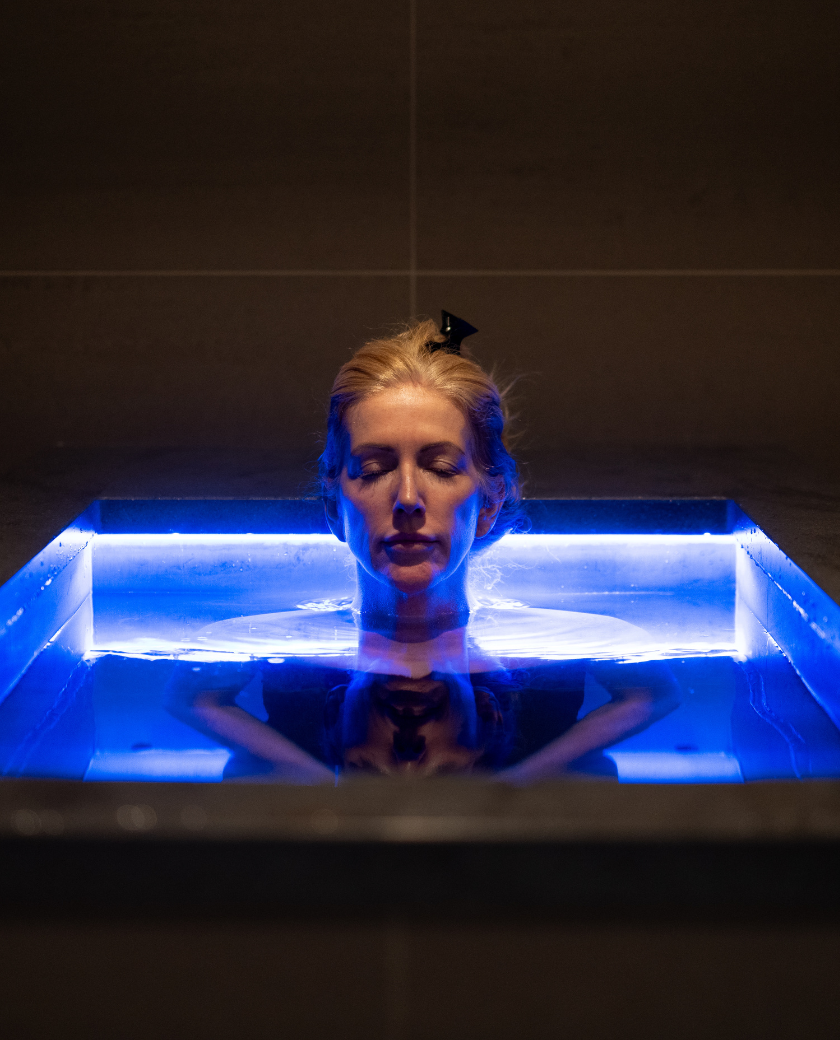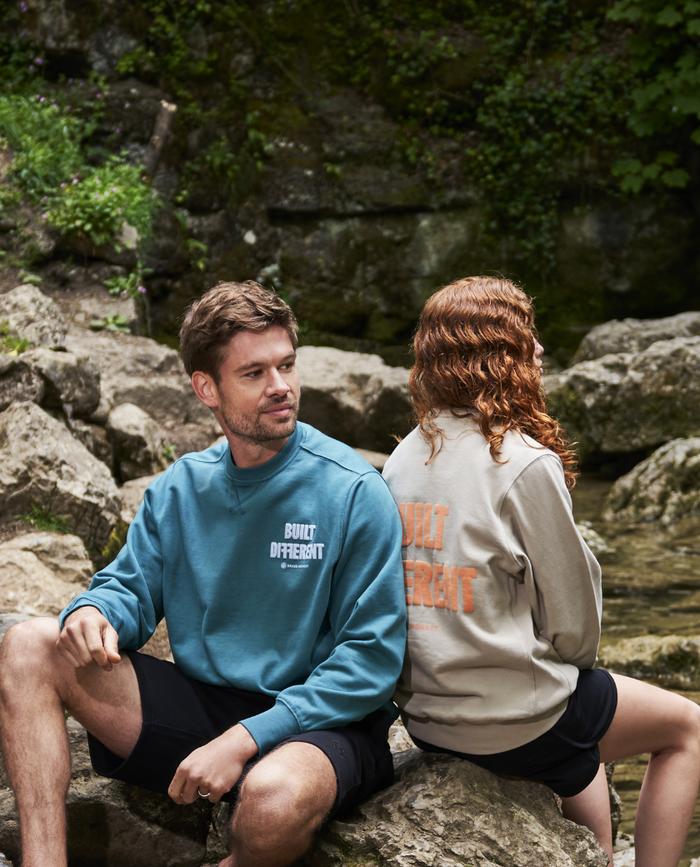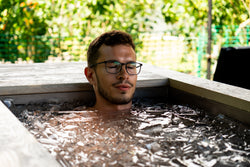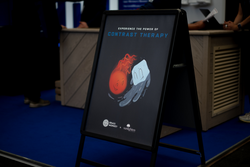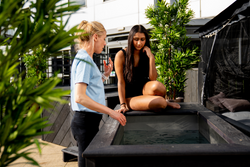How can I take my cold water immersion practice to the next level?

Before you read any further, it should be noted that the suggestions that follow detail physical challenges for advanced dippers only. Cold water is fun, but it’s not a game and should always be treated with respect. It’s a powerful tool that should be used with care. It’s no place for ego or competition.
If you’re an advanced practitioner and feel ready for an even greater challenge you can regularly test yourself during some of your sessions each week.
Below is a set of levers to play with, but note the mental health, immune and physiological benefits are delivered no matter what. These are simply ways to challenge yourself further and continue leveraging the positive stress for building greater resilience both physically and mentally, a strong mind-set.
There is no suggestion to do it all at once and should be trialled individually.
- Lower the temperature (incrementally and safely)
- Increase the duration (incrementally and safely)
- Increase the frequency (once or twice daily)
- Submerge the hands and feet - the glabrous skin is this fastest way to cool our bodies
- Neck fully submerged - covering the vagus nerve (sides of the neck)
- Agitate by moving or gently rocking in the water to ensure you’re in contact with the coldest water possible in your bath.
- A short head dunk: only once you’re fully relaxed
- With HUGE caution: drive the shiver response*
Actively driving the shiver response
*For advanced cold water immersion practitioners and seasoned biohackers, this drives further metabolic increases, and is mentally, very challenging.
This can be done by getting in and out of the cold water via and ice bath, cold plunge or in the wild then stand and air dry out for a few minutes to start the shivering. Get back in for a minute if you don’t shiver.
Repeat several times. It’s a brutal cycle, but interesting for the die-hards who want to maximise the bang for their buck. It works because shivering (mechanical as opposed to metabolic thermogenesis through brown fat) releases succinate from the muscles which further activates brown fat thermogenesis, on top of the norepinephrine already doing the same.
There is no requirement to end on the cold shiver, but if you want to increase your metabolism then play with it, safely of course, in some predefined ‘challenge sessions’. It would be wise to have someone watch over you.
IMPORTANT: After your dip and warming up.
Slow is good.
You may feel stiff and a little slow. This is totally normal. Take it slowly. The Wim Hof Method encourages use of the simple “horse stance” (Google it) to slowly warm up which is super effective. This moves the cold and warm blood around, circling the warm blood back to the cold limbs. Walking or gentle cycling on a stationary bike will work well too. Many people just sit still and warm up with no movement at all. Again, some interceptive focus is needed here, it’s mind over body.
Double the time that you were in the cold.
So, if you were in the water for 2 minutes, your warm-up should be 4 minutes (at least). Don’t rush this, stay in the zone and complete the practice. If you skip the warm-up, you risk warming too quickly and miss out on closing the practice that readies you for next time.
Be conscious of how you feel.
Was the practice good? Was it cold enough or too cold? Did you stay long enough or too long? What did you notice over the last time? What did you learn? What messages was your body telling you?
Nothing fast.
We don’t want blood moving too quickly. Just as a car engine is warmed up slowly, you need to take that approach with warming your body.
No weights!
We suggest not to swing weights or lift anything heavy after ice baths. Popularised by some, this is potentially dangerous and here’s why: superficial muscle and nerve cooling caused by ice bath exposure can lead to impeded movement, reducing grip strength and fine motor skills. Even the sense of touch can be significantly impaired for a period of time. It’s one reason why people who get into ice water can accidentally drown. As you adapt to the cold, the risks decline, but even then, swinging weights around is totally unnecessary to warm up naturally.



